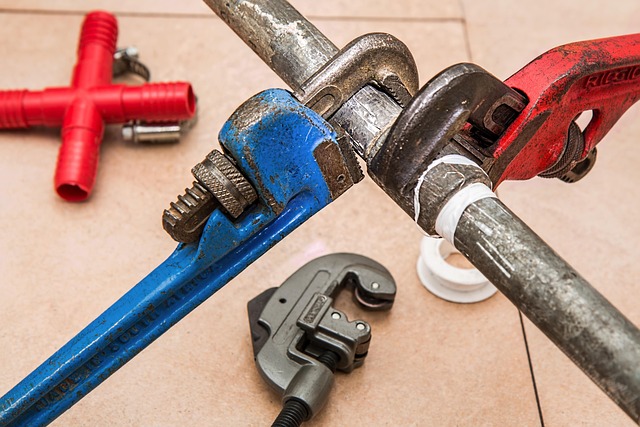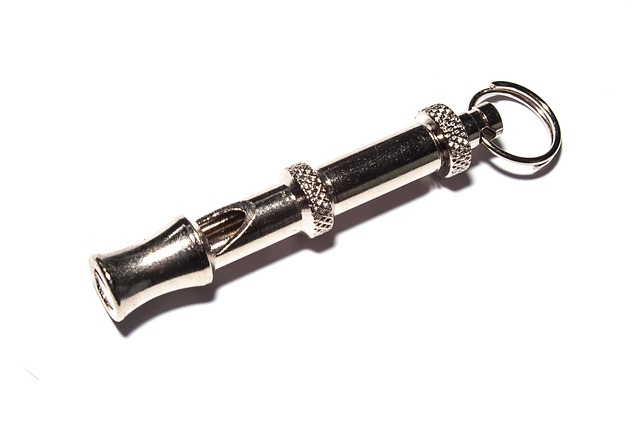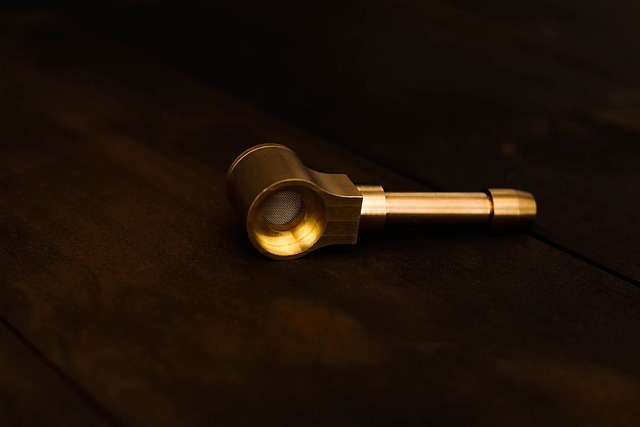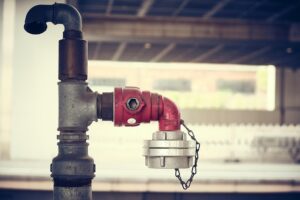Sewer pipe issues like corrosion, tree root intrusion, and aging cause common problems in homes and commercial buildings. Early signs of damage include decreased water pressure, unusual drain noises, and persistent clogs. Prompt action involves assessing pipe damage and selecting suitable repair techniques such as relining or replacement with durable materials like PVC or steel. Choosing experienced professionals specializing in pipe repair ensures long-lasting solutions. Regular maintenance through inspections and preventative measures significantly extend pipe lifespans by minimizing corrosion, root intrusion, and blockages.
Sewer pipe repair is an essential aspect of maintaining a functional and efficient plumbing system. Understanding common issues like clogs, corrosion, and cracks is the first step in effective management. Recognizing signs of damage early allows for prompt action. This article explores various pipe repair methods, from traditional to modern techniques, guiding you through the process, choosing the right professionals, and implementing preventative measures to ensure long-lasting repairs for optimal plumbing health.
Understanding Common Sewer Pipe Issues

Sewer pipe issues are common problems that can arise in any home or commercial building over time. Understanding these typical challenges is an essential first step in addressing them effectively. One of the primary concerns is pipe corrosion, which often leads to leaks and eventual breakdowns. Metal pipes, especially older ones, are susceptible to rusting due to exposure to water and soil conditions. Over time, this corrosion weakens the pipe structure, causing cracks and holes that can result in significant water loss and even structural damage to the property.
Another frequent issue is tree root intrusion. Trees and their roots naturally grow towards water sources, making sewer pipes an attractive target. The roots can crack and break the pipes, causing clogs and even complete obstructions. This problem is particularly common in areas with mature trees nearby. Additionally, improper installation or aging pipes might result in misalignments, gaps, or weak joints, further contributing to pipe repair needs.
Identifying Signs of Damage or Clogs

Identifying signs of damage or clogs is crucial for effective pipe repair. One of the first indicators is a decrease in water pressure, which can be noticed when taking a shower or running an appliance that uses water. This could suggest a blockage somewhere in the sewer lines, leading to reduced flow and potential backups. Another common sign is unusual noises coming from drains, such as banging or gurgling sounds. These sounds often indicate that waste water is not flowing freely, which can be caused by obstructions or structural issues within the pipes.
Additionally, persistent clogs and frequent flooding in specific areas of your home are clear indicators that something is amiss with the sewer lines. If you notice that certain drains consistently clog even after cleaning, it might point to a more severe problem like cracked or broken pipes, tree root invasion, or structural damage from shifting soil. Regular maintenance and prompt action when these signs appear can prevent minor issues from escalating into costly pipe repairs.
Types of Pipe Repair Methods

Pipe repair is a critical aspect of maintaining efficient and safe sewer systems. The methods employed can vary based on the type of pipe damage, location, and material used in construction. One common approach is relining, where a new liner is inserted into the existing pipe to strengthen and prevent further deterioration. This technique is particularly useful for repairing pipes that have suffered from corrosion or wear and tear.
Another widely used method is patch repair, ideal for smaller cracks or holes. It involves cutting out the damaged section and replacing it with a compatible patch, ensuring minimal disruption to the sewer flow. For larger structural damage, replacement might be necessary. This entails digging access points to remove the affected pipe segments and installing new ones, often made from durable materials like PVC or steel, to restore full functionality to the sewer network.
The Process of Fixing Damaged Pipes

When a sewer pipe is damaged, it’s crucial to address the issue promptly for several reasons. The process of fixing these pipes typically involves identifying the specific location and extent of the damage before deciding on the appropriate repair method. Common causes of damage include tree root intrusion, corrosion, and cracks or breaks from age or structural issues.
For smaller diameter pipes, relining is often the go-to method, where a new pipe—usually made of PVC—is inserted inside the old one to create a smooth, durable inner surface. In more severe cases, complete replacement might be necessary. This involves excavating around and removing the damaged section before installing a new pipe segment or an entire new sewer line. Using advanced techniques and materials like high-density polyethene (HDPE) pipes ensures longevity and minimizes future disruptions.
Choosing the Right Professionals for the Job

When it comes to sewer pipe repair, choosing the right professionals is paramount for ensuring efficient and effective solutions. Look for companies that specialize in pipe repair with a proven track record of successful projects. Certified and experienced technicians are key; they possess the skills and knowledge to identify root causes of issues, providing long-lasting repairs rather than temporary fixes.
Reputable firms offer various services, including leak detection, pipe replacement, and hydro-jetting. Their use of advanced technology ensures precise assessments and tailored solutions. Additionally, they adhere to industry standards and regulations, guaranteeing safe and eco-friendly practices. Verifying their credentials and customer reviews can help you make an informed decision for your pipe repair needs.
Preventative Measures for Long-Lasting Repairs

Regular maintenance and inspection are key preventive measures for ensuring long-lasting pipe repairs. By scheduling routine assessments, homeowners and property managers can identify potential issues early on, such as cracks, corrosion, or root intrusions, before they escalate into costly and disruptive problems. These inspections should include visual examinations of the pipes’ exterior and interior, checking for signs of damage, wear, or blockages that could compromise their structural integrity.
Additionally, implementing preventative measures like using high-quality materials during installation, choosing pipe repairs methods suitable for specific issues, and ensuring proper drainage systems can significantly extend the lifespan of pipe repairs. Effective sealing and lining techniques, for instance, can protect pipes from corrosion and root intrusion, while regular cleaning and maintenance can prevent clogs and blockages, thus reducing the need for frequent repairs.
